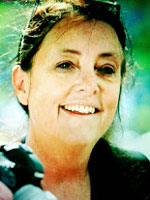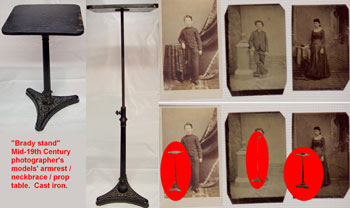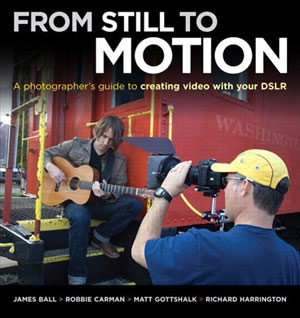 By GAIL MOONEY
By GAIL MOONEY
I created quite a stir when I posted the article How Motion Is Changing the Future of Photography on my blog. What surprised me most about the comments I received from that post was that most folks just couldn’t begin to imagine the future that I was contemplating in my writings. With the convergence of cameras, in regards to stills and video, I imagined a future where a still image might not be captured by a “still camera” or by a “still photographer” for that matter. A still image may come from a “frame grab” captured by a video camera.
Bottom line: start recognizing that photography and video are not separate businesses any longer.
My article had barely gotten noticed when I first posted it back in February 2013. What had happened was that photography director Rob Haggart posted it on his blog, APhotoEditor, and it went viral after that.
I struck a nerve for sure, and most people thought I was predicting the demise of still photographs — perhaps because of Ron’s headline, excerpted from my text:
I think we are at a tipping point as far as the future of the still photography business.
If we continue to think of still photography and motion as being two separate entities in the business of visual communications, it will be our demise.
To be clear, I do think the photography “business” is at a tipping point, not just because of the convergence of still and video cameras, but due to the glut of imagery these days. The iPhone has been the game changer in that sense. Everyone has become a photographer and has a camera with them at all times, taking, sending and sharing millions of images, globally every day. What does that means in terms of the still photography industry?

I’m not an alarmist in predicting this change and in fact for someone my age who is on the tail end of his or her career, I wouldn’t be alarmed at all. However, if I were just starting out in photography or even in my late 40ss or early 50ss and had another 20+ years ahead of me, I would not be complacent.
Some things still photographers should be thinking about:
- Understand that there will probably not be a divide between the still photography and motion businesses. This is really hard to envision because we tend to see things by looking at the future in terms of the knowledge that we have on hand today. But with motion cameras able to shoot 96 frames a second, and each frame being good enough to pull out and used as a still image, the changes for still photographers will be profound.
- The concerns are not like those that a still photographer has had to face in the past, like when digital replaced film or when one needed to reinvent themselves as their markets changed. For example when car shooters were phased out by CGI artists. Shooting motion is a different mindset altogether. It also has profound differences in the way you run your business. While a still photographer of today, may find opportunities to shoot motion for their existing still clients, that too is rapidly changing. I don’t think this will be an option much longer for still photographers. I think that motion shooters will be shooting motion and in the process creating stills as opposed to still photographers providing the motion content and the stills. Just like a professional still photographer distinguishes his or herself from an amateur photographer who has an expensive camera, so do motion shooters distinguish themselves from the still photographer who seems to have little regard for the craft and knowledge of motion and thinks they will “just” start shooting motion when the time comes. It’s not going to be “just” that simple, especially if you’re late to the game.
- Understand that technology affects everything and will continue to do so. You may think in terms of what’s possible today and that it would be incredibly labor intensive to go through tens of thousands of motion frames to pull out still images. But advances in technology will change that as well in the future. Technology affects everything. Realize that software is changing too and that the edit process for pulling out frames will be easier and more streamlined in the future. In fact, an editor’s job description will change greatly and that may be a job that is in high demand in the future. Even now, just do a quick search on LinkedIn and you’ll see that while there are very few job listings for still photographers, there’s a lot of demand for video editors.

In my attempt to “get off easy” by rerunning a blog that, I had written and previously posted more than half a year ago, I learned a couple of things:
- Timing is everything.
- It’s all perspective.
That’s the one good thing about getting older; I have a lot more perspective. I’ve learned that the present (now) is not at all how I had imagined it (the future) would be. I never could have imagined half the things that are happening right now. And I’m sure that if I’m still alive 20 years from now, it will be a future filled with things and ideas that I can’t even begin to imagine would be possible.
But better start understanding that the fusion of photography and video will also have an affect on the future of the still photography business especially in terms of licensing, because traditionally motion camera operators work under work-for-hire agreements.
While still images won’t go away, that doesn’t mean that still photographers will be creating them in the future.
BTW, I will be moderating a panel at PhotoPlus Expo this year, sponsored by ASMP, on “How Motion is Changing the Future of Still Photography.” Our panelists include Vincent LaForet, Brian Storm, Chase Jarvis and others. Please join us, Friday, October 25th, 4 to 6 p.m. at PPE, Javits Center, New York City. It will be a discussion you won’t want to miss!


